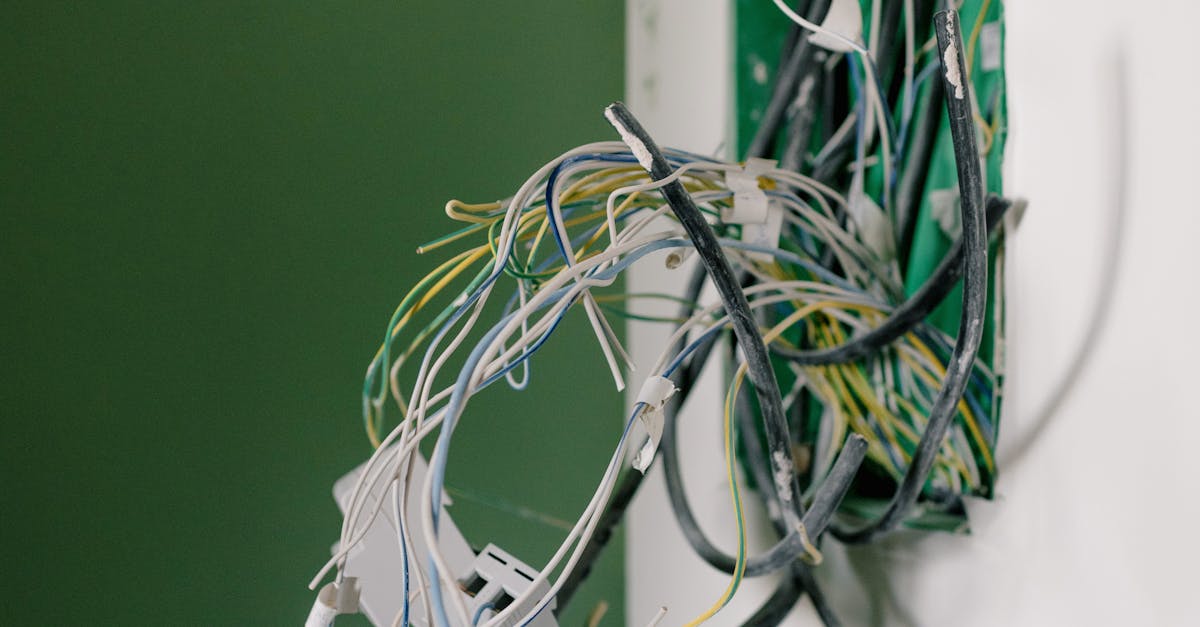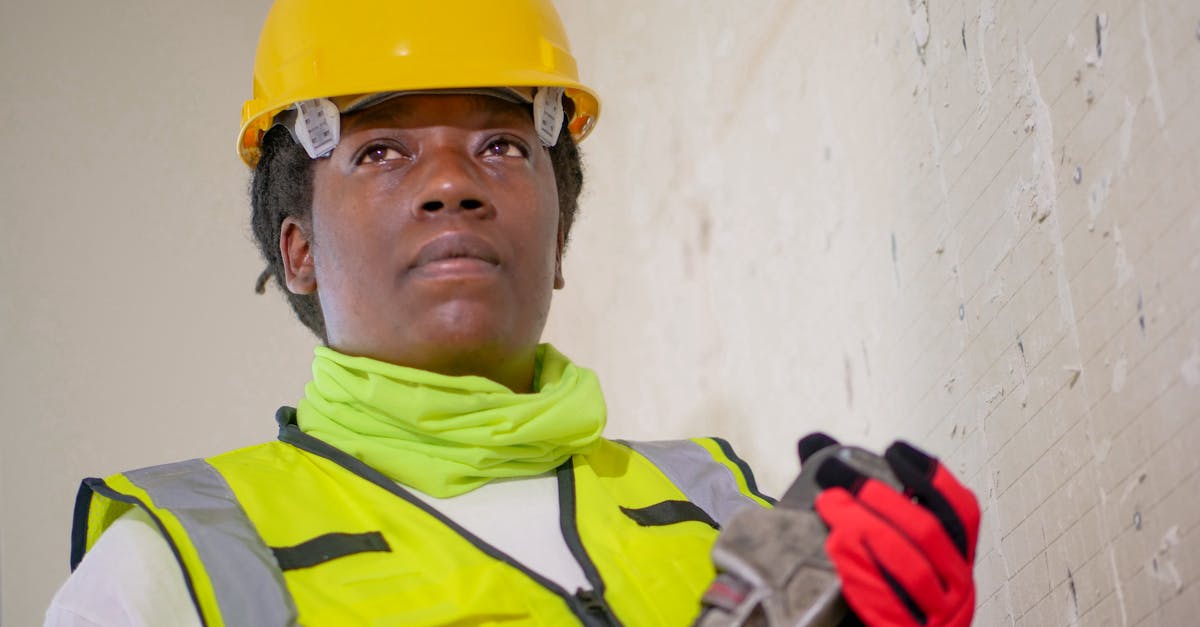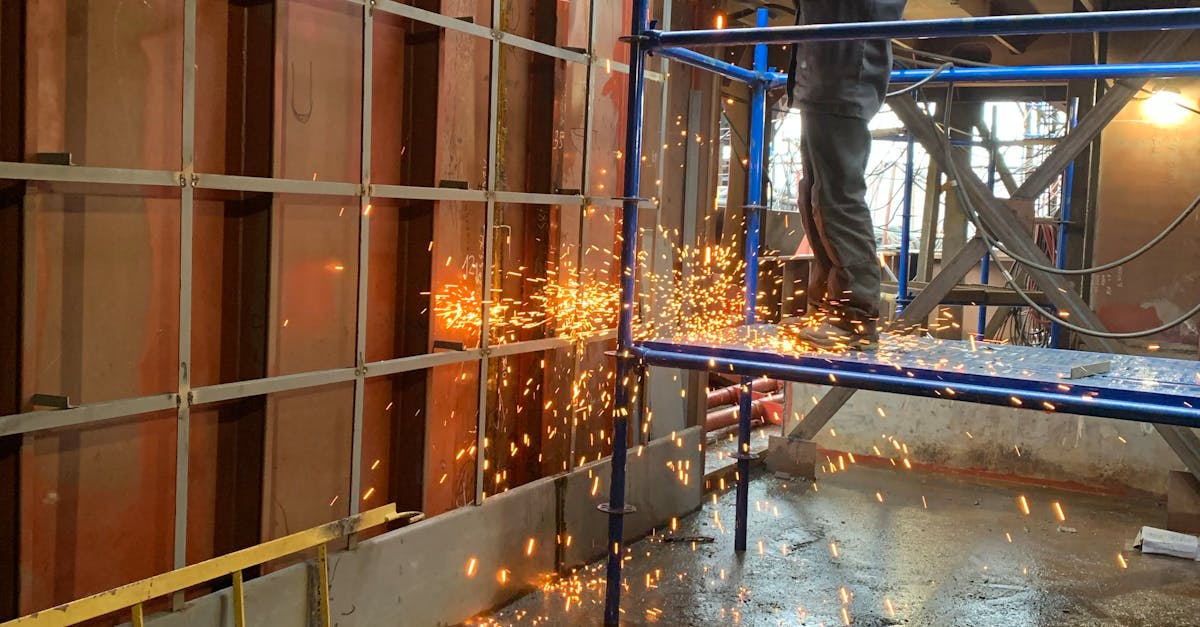
Table Of Contents
Testing the Water Pressure
To ensure that your water pressure regulator is functioning correctly after installation or replacement, testing the water pressure is crucial. Begin by connecting a pressure gauge to an outdoor spigot that is connected to the same water supply as your home. Turn off all water sources inside the house and then turn on the spigot to measure the water pressure. If the pressure measured is significantly higher or lower than the recommended range for your home's plumbing system, it may indicate a problem with the water pressure regulator. In this case, contacting professionals for water pressure regulator installation and repair near me is advisable to address the issue promptly.
Testing the water pressure is essential not only to ensure the proper functioning of the new water pressure regulator but also to prevent potential damage to your plumbing system. If the pressure is too high, it can put unnecessary strain on pipes and appliances, leading to leaks or bursts. On the other hand, low water pressure can result in slow-flowing taps and showers, causing inconvenience in daily tasks. By regularly testing the water pressure and seeking professional assistance from experts in water pressure regulator installation and repair near me when needed, you can maintain an optimal water pressure level in your home, promoting efficient water usage and preventing costly plumbing problems.
Ensuring the new regulator is functioning properly by testing the water pressure
After replacing your water pressure regulator, it is crucial to ensure that the new regulator is functioning correctly. To do this, you can test the water pressure in your system. Start by turning on a faucet in your home to check the water pressure. If the pressure is too high or too low, it may indicate a problem with the new regulator.
If you notice any issues with the water pressure after replacing the regulator, it is advisable to seek professional help. Contacting a reputable plumbing service specializing in water pressure regulator installation and repair near me can help diagnose and fix any issues with your water pressure system. Remember, maintaining proper water pressure is essential for the efficient operation of your plumbing system and household appliances.
Adjusting the Water Pressure Settings
After replacing the water pressure regulator, it is crucial to adjust the settings for optimal performance. Begin by locating the adjustment screw on the new regulator. Using a screwdriver, carefully turn the screw clockwise to increase the water pressure or counterclockwise to decrease it. It is recommended to make small adjustments and test the water flow each time to ensure the desired pressure is achieved. Water pressure regulator installation and repair near me can offer professional assistance in adjusting the settings accurately for your specific needs.
Once you have made the necessary adjustments to the water pressure regulator, monitor the water flow in your plumbing system. Check for any changes in pressure or irregularities in the water supply. If the pressure is too high, it could lead to damaged pipes or fixtures. Conversely, low pressure may result in poor water flow. Water pressure regulator installation and repair near me can help fine-tune the settings and address any issues that may arise during the adjustment process.
How to make adjustments to the water pressure regulator for optimal performance
When adjusting the water pressure regulator for optimal performance, it is crucial to follow a few key steps. First, locate the adjustment screw on the water pressure regulator. This screw is typically found on top of the regulator and can usually be turned with a screwdriver. Carefully turn the screw clockwise to increase the water pressure or counterclockwise to decrease it. Make small adjustments and test the water pressure to ensure it is at the desired level. Remember to check the pressure at different times of the day to account for variations in water usage.
After adjusting the water pressure regulator, it is essential to monitor the system for any signs of issues. Keep an eye out for sudden changes in water pressure or any unusual noises coming from the pipes. Additionally, inspect the areas around the regulator for any leaks. If you notice any problems, it may be necessary to contact a professional for further assistance. Water pressure regulator installation and repair near me services can provide expert help in ensuring your system is functioning optimally.
Inspecting for Leaks
After replacing the water pressure regulator, it is crucial to inspect the system for any leaks. Start by checking all connection points, including where the regulator attaches to the main water line. Look for any signs of water seepage or dripping, as this could indicate a leak. Additionally, examine the pipes leading to and from the regulator for any visible signs of moisture or water droplets that could suggest a leak.
Water pressure regulator installation and repair near me may involve using a flashlight to thoroughly inspect all areas for leaks, including around fittings and valves. Take your time to carefully examine each part of the system to ensure there are no leaks that could compromise the performance of the regulator. If you detect any leaks during this inspection, promptly address them to prevent further damage and maintain proper water pressure in your plumbing system.
Checking for any leaks in the system after the replacement process
Checking for any leaks in the system after the replacement process is a crucial step to ensure the proper functioning of your water pressure regulator. Begin by inspecting all connections, joints, and fittings for any signs of water leakage. A common area to check is around the threads of the fittings, as they may not have been properly sealed during installation. Slowly run your fingers along these areas to feel for any moisture, which could indicate a leak. Additionally, visually inspect all areas for any visible water droplets or water stains, which are clear indicators of a leak in the system.
If you notice any leaks during your inspection, promptly address them to prevent further damage and water wastage. Tighten any loose fittings or connections using the appropriate tools, such as wrenches or pliers, ensuring they are secure and properly sealed. If the leaks persist, consider reaching out to a professional for assistance to diagnose and resolve the issue promptly. Remember, maintaining a leak-free system is essential for the optimal performance of your water pressure regulator. For reliable assistance with water pressure regulator installation and repair near me, seek the expertise of qualified professionals to ensure the efficient and safe operation of your system.
FAQS
Can I replace my water pressure regulator on my own?
Yes, you can replace your water pressure regulator on your own if you have the necessary tools and knowledge of plumbing systems.
How can I test the water pressure before replacing the regulator?
To test the water pressure, you can use a pressure gauge attached to an outdoor spigot to measure the water pressure in your system.
What should I do to ensure the new regulator is functioning properly after replacement?
After replacing the water pressure regulator, you should test the water pressure again to ensure that it falls within the recommended range for your home.
How can I adjust the water pressure settings on the new regulator?
You can adjust the water pressure settings on the new regulator by following the manufacturer's instructions or using a screwdriver to make adjustments for optimal performance.
What should I do if I notice leaks after replacing the water pressure regulator?
If you notice any leaks in the system after replacing the water pressure regulator, you should inspect the connections and fittings to ensure they are properly secured and not damaged.


